Citrus Gardening Café (시트러스 가드닝 카페)
9.5Km 2024-12-10
Citrus Gardening Café is a plant cafe located near Geumneung Beach. This cafe is located among basalt stone walls, the symbol of Jeju, and low-story buildings, all of which represent the island’s authentic local and natural scenery. The unique plants that thrive in relatively hot and humid island climate can be seen both indoors and outdoors, offering an interesting sight. The signature menu here is mazagran. The café’s original mazagran recipe mixes fresh fruits from Jeju with Portuguese-style coffee. The café also serves regular coffee, herbal tea, and matcha latte.
Hallim Port (한림항)
9.5Km 2024-11-07
192 Hallimhaean-ro, Jeju-si, Jeju-do
◎ Travel information to meet Hallyu’s charm - "Our Blues"
It is also called the North Breakwater of Hallim Port because it is located in the northern part of Hallim Port. It was the place where Min Seon-ah (played by Shin Min-a) tried to end her life by throwing herself into the water. It extends for about 1,500 meters toward the sea, so you can enjoy the feeling of walking on the sea. On days when the sky is clear and the sea is calm, the sparkling water surface is even more dazzling. If you walk while watching the fishing boats come and go from the port, you will reach the end of the breakwater where you can see the white lighthouse and Biyangdo Island. It takes about 30 minutes on foot.
Jeju Olle Trail - Route 15 (Hallim - Gonae Olle) ([제주올레 15코스] 한림-고내 올레)
9.6Km 2021-06-14
196, Hallimhaean-ro, Jeju-si, Jeju-do
+82-64-762-2190
Route 15 runs through a deep forest to the mid-mountainous area. The mountainous area provides a view of crop fields, forest, and dirt roads. Geumsan Park is the hidden gem of the trail. The trail ends at Gonaepogu Port, providing a chance to see all the different sections of the island.
Geumneung Seokmulwon (Geumneung Rock Park) (금능석물원)
9.7Km 2024-12-10
Jeju is often referred to as Samda-do, which can be translated to “island of three abundances,” because it has many stones, wind, and women. Stones from Jeju are prohibited from being taken out of Jeju and only processed stones are exported. The most well-known processed stone production in Jeju is dol hareubang (“stone grandfather”). Geumneung Rock Park is a place where travelers who are tired of seeing the same-old dol hareubang can appreciate the essence of Jeju stones. It is a park created on a 33,058m² site by master craftsman Jang Gong-ik, who has been making dol hareubang for about 40 years, expressing aspects of Jeju life through stones. The park has a Buddhist-friendly atmosphere overall with statues of Buddha, which are all works of Jang Gong-ik, who has maintained this place for decades.
House of Refuge (하우스오브레퓨즈)
9.8Km 2024-07-24
735 Haso-ro, Aewol-eup, Jeju-si, Jeju-do
House of Refuge is a large culture complex featuring a cafe and artwork together. The menu includes unique items using local products, such as Jeju banana pudding, and Jeju Nouveau non-alcoholic beer. The space is the perfect setting for exhibitions, parties, performances, and other events.
Sogilbyeolha (소길별하)
9.9Km 2024-10-18
34-37 Sogillam-gil, Aewol-eup, Jeju-si, Jeju-do
The previous bed & breakfast operated by Lee Hyori has been recreated into Sogilbyeolha, a shop selling local brands of Jeju. The various rooms and select items used in "Hyori's Bed & Breakfast" are now showrooms for the brands sold here. The shop is operated with limited admission, with reservations required to get in.
Jokeunnokkome Oreum Volcanic Cone (족은노꼬메오름)
10.2Km 2024-10-08
482-34 Sallokseo-ro, Aewol-eup, Jeju-si, Jeju-do
Jokeunnokkome Oreum Volcanic Cone gets its name, meaning "little high mountain" in the Jeju dialect, from its size and location near Nokkome Oreum Volcanic Cone. The name could lead to a misunderstanding, expecting this volcanic cone to over an easy hike up; the path is as difficult as any other, but offers stunning views of the nearby area, especially of the larger Nokkome Oreum.
Chunshim (춘심이네)
10.3Km 2024-03-12
16 Changcheonjungang-ro 24beon-gil, Andeok-myeon, Seogwipo-si, Jeju-do
+82-64-794-4010
Chunshim, located next to Changcheon Elementary School in Jeju, is a specialized restaurant known for its cutlassfish dishes. The signature dish is the tong galchi gui (grilled whole cutlassfish), where a whole cutlassfish is grilled and served. Additionally, they offer dishes like eungalchi jorim (braised cutlassfish) and a limited quantity of large-sized wang galchi gui (grilled jumbo cutlassfish). The first floor features a spacious dining area with an elegant atmosphere, while the second floor serves as a waiting area and sells Jeju specialties, including beverages like coffee.
Andeokgyegok Valley (안덕계곡)
10.7Km 2021-01-27
Seoangol-ro, Seogwipo-si, Jeju-do
+82-64-740-6001
Andeokgyegok Valley in Gamsan-ri Village is located 2 kilometers east of Hwasun-ri. The valley is filled with many species of pine trees that make up the Evergreen Forest, designated as Natural Monument No. 377. The road from the entrance to the waterfall offers a picturesque scenery. The view at night, when lit by nothing but the stars in the sky, is nothing short of spectacular.
Gwakji Beach (Gwakji Gwamulhaebyeon Beach) (곽지해수욕장 (곽지과물해변))
10.8Km 2023-02-16
Geumseong 5-gil, Jeju-si, Jeju-do
+82-64-728-3985
Gwakji Beach is a beach that has nice conditions including a 350-meter-long, 70-meter-wide white sand beach, an average water depth of 1.5 meters and a slope of about 5 to 8 degrees. Thanks to these conditions, a youth training facility was installed and groups of tourists visit here every year. Gwakji-ri is a historic village where shell mounds from prehistoric times were once excavated. According to a local legend, Gwakji Beach used to be a village in the ancient days, but one day, it became buried in the sand.
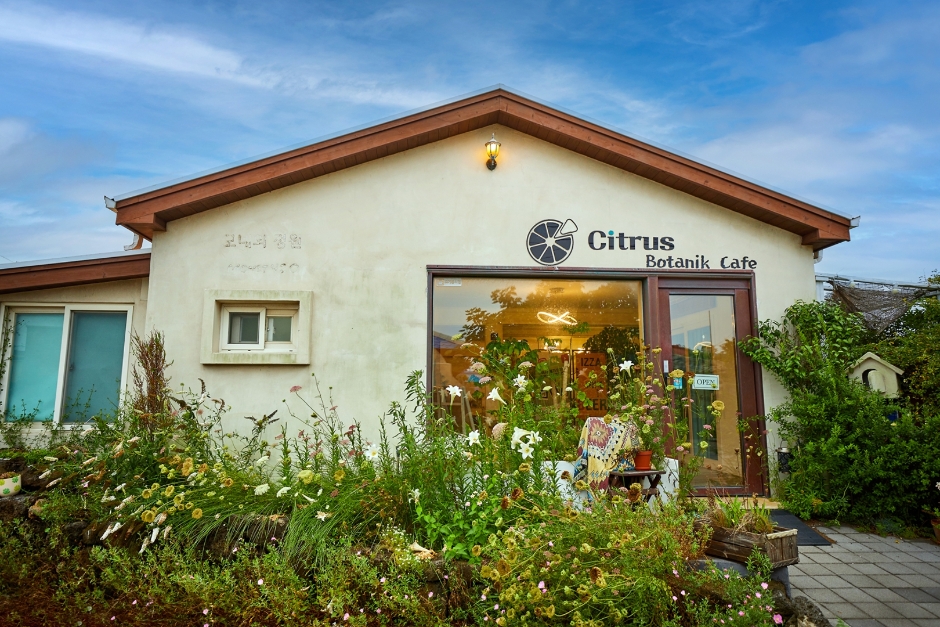
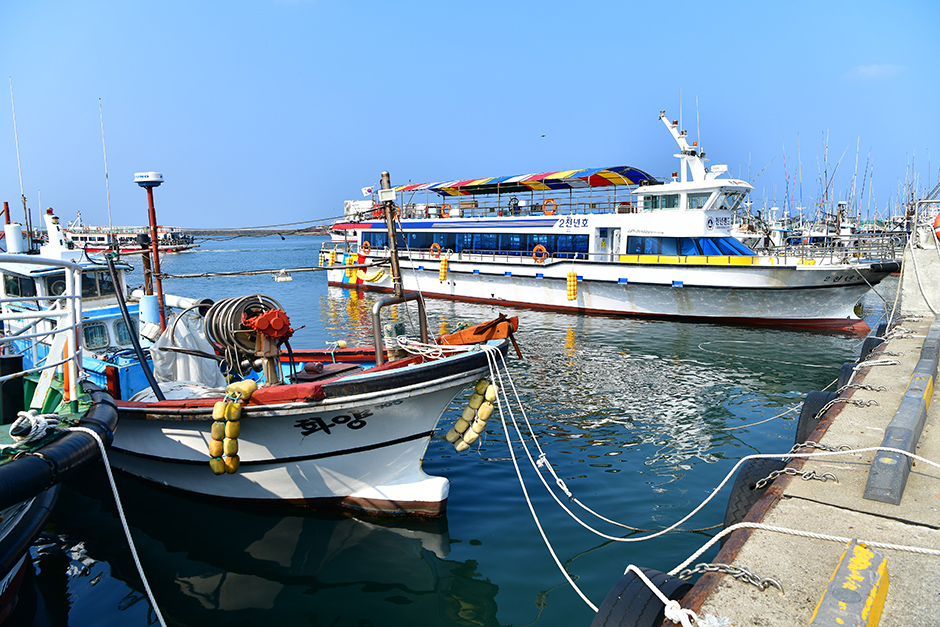

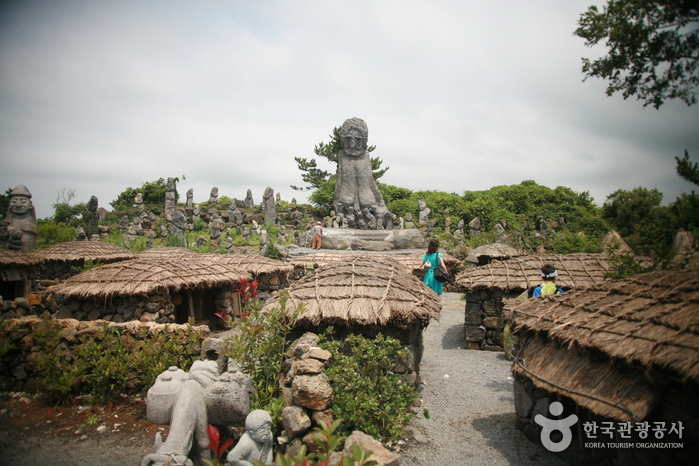
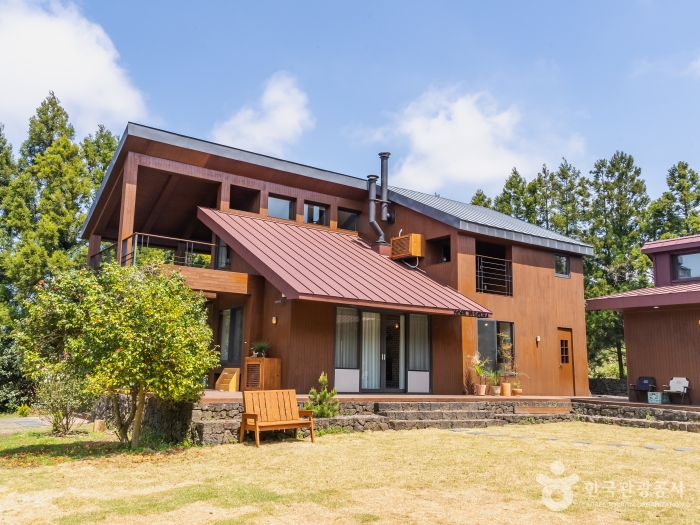
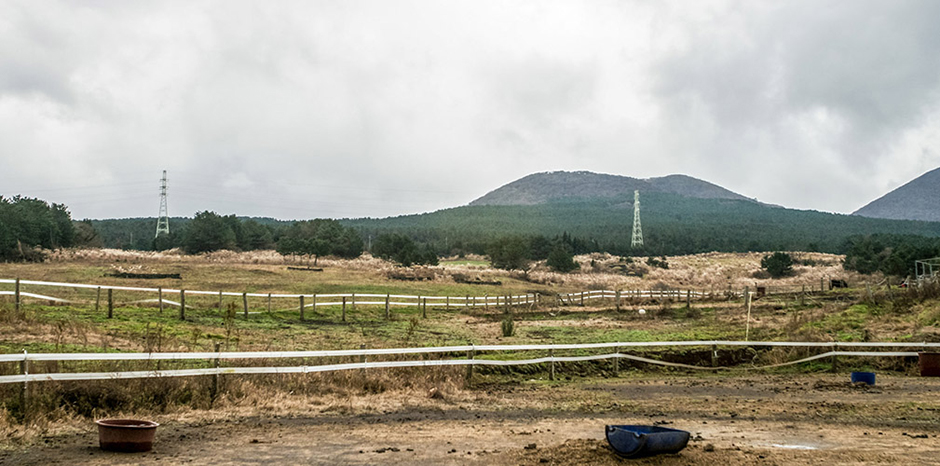
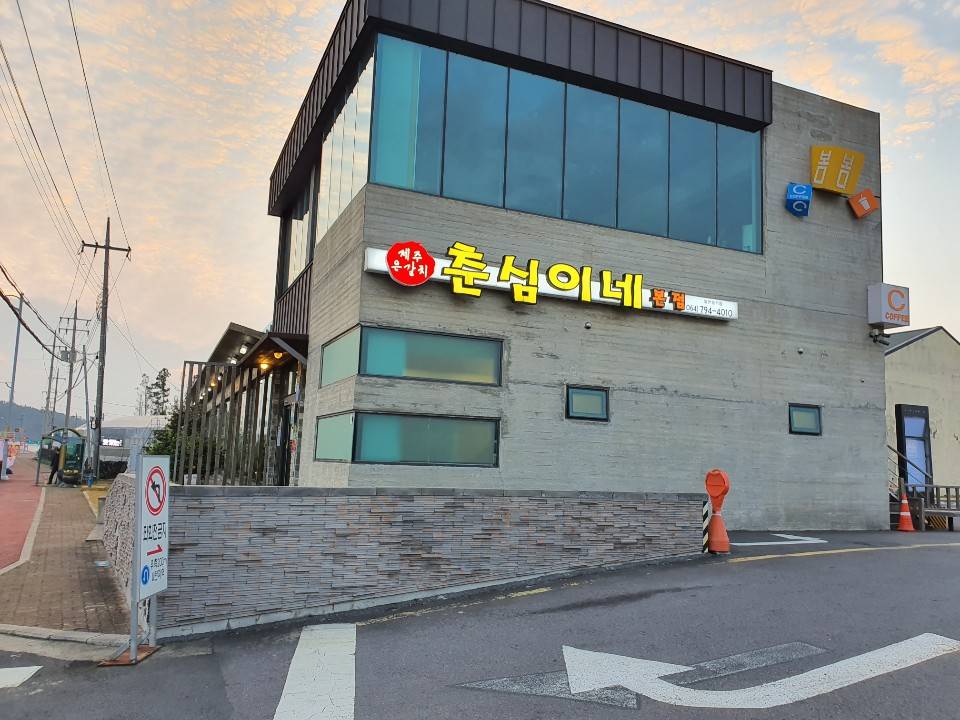
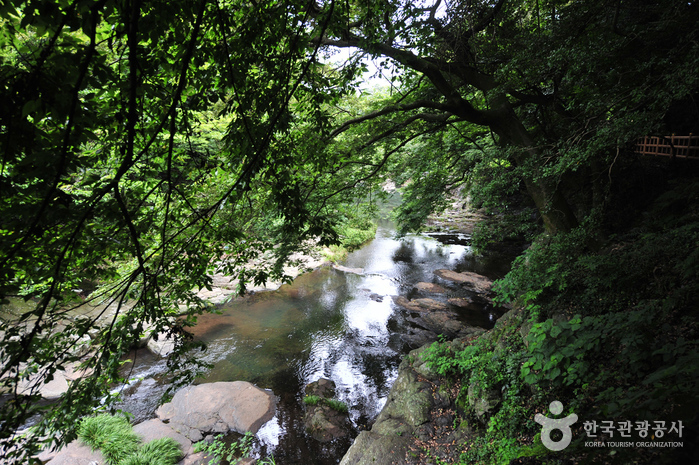
 English
English
 한국어
한국어 日本語
日本語 中文(简体)
中文(简体) Deutsch
Deutsch Français
Français Español
Español Русский
Русский